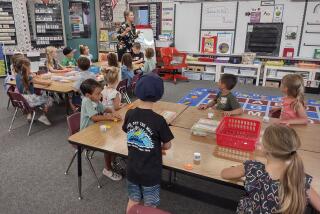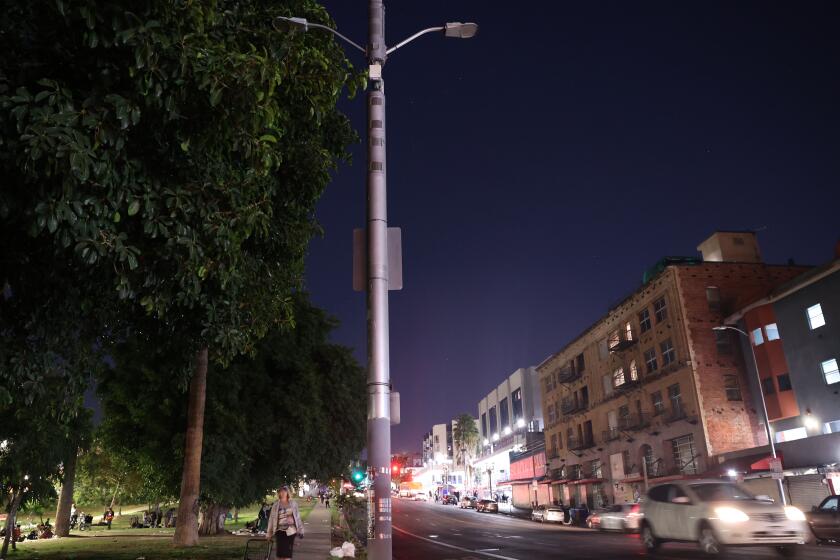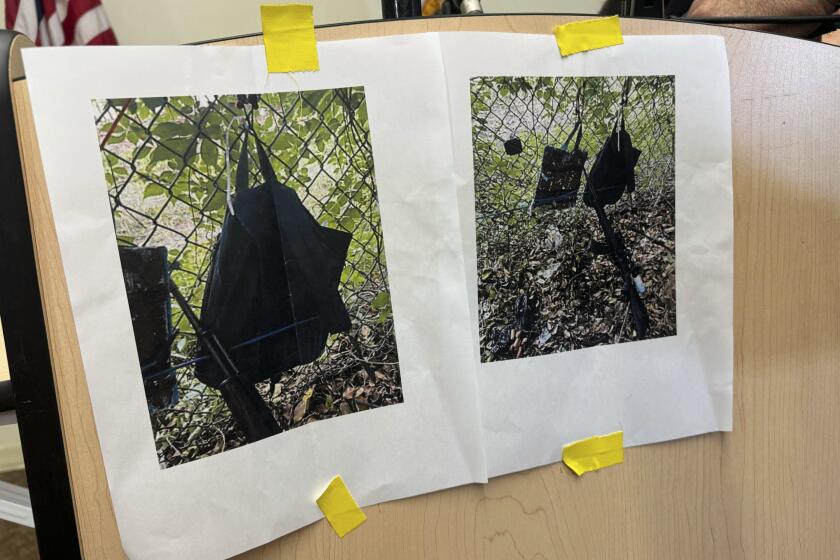Toward better school lunches
When it comes to school lunches, federal officials apparently can’t see the pizza for the tomato paste. A congressional vote that slightly affected the nutritional content of federally subsidized lunches has prompted cries of outrage because it blocked two proposals by the Obama administration. The whole brouhaha led to silly accusations that the federal government will now count pizza as a vegetable.
The U.S. Department of Agriculture, as part of a laudable effort to boost the nutritional quality of school lunches served free or at reduced cost to 31 million children, sought to limit the times children were served potatoes to two per week, and to define a serving of tomato paste as a half-cup. That latter move was seen as key because the pizza children are served at school tends to have 2 tablespoons — an eighth of a cup — per slice. Congress countermanded both of those proposals in November when it passed the agriculture appropriations bill, allowing the smaller amount of tomato paste to continue counting as a vegetable; unlimited servings of potatoes also will be allowed.
The legislation was obviously prompted by pressure from the food industry, but that doesn’t necessarily make it wrong. Potatoes are nutritious, a good source of calcium, fiber and vitamins C and B6. As for the small amount of tomato paste, it takes a half-cup of tomatoes — enough to count as a vegetable serving — to make 2 tablespoons of paste. Slathering quadruple the paste on a slice of pizza might make it a little healthier, but also unpalatable.
Well-meaning federal officials got too wrapped up in measuring minutiae when they should have been drawing a bigger conceptual picture of what a good lunch looks like, much as they did with the helpful new MyPlate eating guide for families. Regardless of the tomato paste, pizza made with white flour and topped with loads of cheese and pepperoni is heavy on calories and light on nourishment. Pizza made with at least partly whole-grain flour, light on the cheese and topped with a sprinkling of vegetables, is relatively wholesome. Potatoes, baked or roasted, with the skin left on, are healthy. Peeled and deep-fried, less so.
Rather than counting spoonfuls of individual ingredients, the USDA should move forward with its worthy plan to require more vegetables and fruits of various types — and better food preparation — in school lunches. Nothing in the agricultural bill stops that from happening. The estimated 14 cents extra it would cost per meal for more nutritious fare is a smart investment in children’s health.
More to Read
A cure for the common opinion
Get thought-provoking perspectives with our weekly newsletter.
You may occasionally receive promotional content from the Los Angeles Times.










